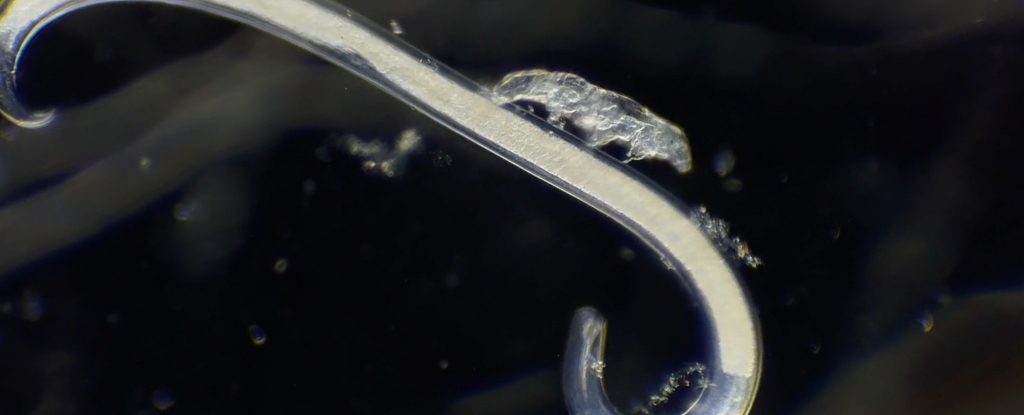
Tardigrades may be the world’s cutest and most famous microscopic critters.
Also known as water bears or moss piglets, tardigrades are waddling eight-legged animals with a reputation for survival.
There are nearly 1,500 known species of tardigrade across the planet, from the poles to the tropics, from the highest mountains to the bottom of the sea. They can even survive in such extreme conditions as the surface of the moon.
One baby tardigrade had the confidence to hitch a ride on the back of one of its greatest predators – a microscopic worm called a nematode –in a video that won fifth place and $600 in Nikon’s Small World in Motion Video Competition on Tuesday.
“Nematodes often eat tardigrades, and so it felt like the stakes were quite high,” Quinten Geldhof, the 24-year-old hobbyist who took the video of this “wild ride” through a microscope, told Business Insider in an email.
“I had never seen anything quite like it.”
See the video, below, for yourself:
This Wild West scene is a bit bizarre, but not totally surprising to experts.
“It is one of those occasions that can occur but rarely do you have a camera handy to record the event,” Sandra McInnes, a scientist with the British Antarctic Survey who studies tardigrades, told BI in an email.
McInnes said the animal in this video appears to be a species of Diphascon tardigrade, which are about 0.35 millimeters long on average.
There’s a practical reason it might have hopped on the nematode train.
“Tardigrades cannot walk on glass/plastic petri dishes,” Paul Bartels, a tardigrade researcher and professor of biology at Warren Wilson College, told BI in an email.
“I believe this tardigrade simply encountered the nematode, and it was something it could grasp which is better than flailing around helplessly.”
A microscope and a smartphone
Geldhof says he had gathered some moss from the sidewalk near his home in Winthrop, Massachusetts, and used a device called a Baermann funnel to filter out microorganisms.
He ended up with a nematode and a batch of tardigrade eggs, visible through his microscope.
He stored them on a glass slide in a homemade humidity chamber – basically, a closed box with wet paper towels to prevent the slide from drying out.
In a few days, the tardigrades had hatched and there were about five babies roaming the slide.
“One of these little moss piglets wandered in the direction of a nematode on the slide and promptly climbed aboard much to my surprise,” Geldhof said.
He was filming at just the right time, using a Swift 380B microscope he bought on Amazon and an adapter that held his iPhone 14 Pro camera up to the microscope’s eyepiece. The whole setup costs less than $1,000, he said.
Geldhof got into microscope videography about two years ago, after he started watching several microscope video creators on YouTube. He shares his own videos on Instagram, where his handle is @microhobbyist.
“I found it absolutely fascinating to see things from a microscopic point of view, just putting all sorts of things from around the house or pond water, ocean water under the microscope, and I wanted a way to share that with people,” he said.
“There’s always something surprising to find wherever you look,” he added.
This article was originally published by Business Insider.









